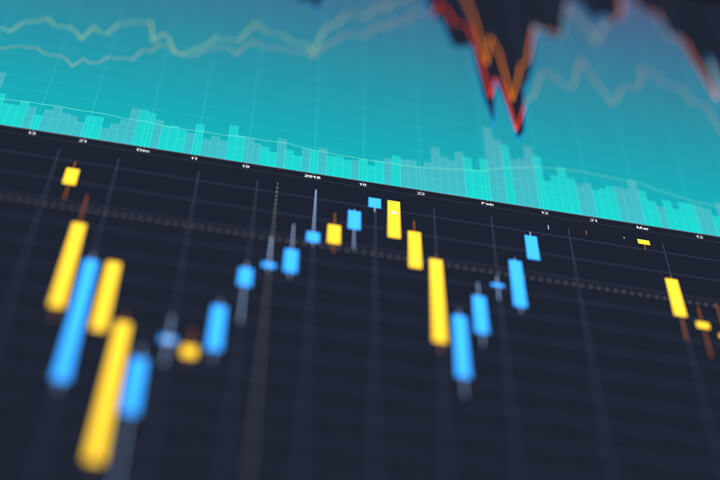
We are witnessing extremely challenging times where cries of help, death and destruction are interspersed with financial troubles, inflation and yet progress, lives empowered by new technology, AI, new drugs and healthcare solutions.
The need for dominance (technological or otherwise), power play, regional conflicts and historical conflagrations are making for death, destruction, unstable geo politics, mistrust amongst trading partners, high inflation, energy shocks, human cost and displacement. Will this not impact your investments?
Here is a closer look at some key trends shaping our future.
Conflicts, Geopolitics and Volatility

‘This may be the most dangerous time the world has seen in decades and ongoing war in Ukraine and conflicts in the Middle East may have far reaching impacts on energy and food markets, global trade and geopolitical relationships’, said Jamie Dimon in a recent statement.
Central banks responded to the high inflation with the most aggressive global rate-hike cycle in decades; resulting in tighter credit, higher costs of doing business and forecasts of an impending recession.
Global debt has already hit a record $307 trillion in 2023. Experts predict more volatile business cycles, constraints on supply, shortfalls of demand and labour market shifts leading to economic fluctuations.
A bumpy economic landing seems inevitable as the economy sputters along; 6 out of 10 chief economists expect the global economy to weaken/ slowdown this year, as per the WEF.
As per this PIMCO report, ‘……..with the era of volatility-suppressing policies possibly over, markets are likely in for a period of heightened volatility, with an unusually large array of potential aftershocks.’
We would certainly do well to BUILD IN VOLATILITY into our investments decisions.
There are also reports of a drop in card spending in the US. Credit card spending was seen to be soft in September, across all sectors. ‘I think we are starting to see growing financial strain at the lower end of income levels’, said Citigroup economist Robert Sockin.
US – CHINA relations
The ever evolving US – China dynamic amidst the race for tech dominance continues to be at the cornerstone of geopolitics. This continues impacting the future of many corporations, such as NVIDIA due to the tighter restrictions on exports of hi tech items such as AI powered chips.
China is a larger story in itself. The slowdown and competition in China is beginning to impact the fortune of companies such as LVMH, Starbucks, Nike, Apple, Tesla, Rolex amongst others.
Barrons and The Wall Street Journal have reported these as impacted companies.
‘CASH is far from TRASH’
Last year was painful for fixed income investors in 2022 as they suffered losses on the back of rising interest rates. Higher interest rates have made holding cash more attractive, with many popular fixed-rate accounts paying over 5%.
Some banking stocks such as Bank of America and Goldman Sachs have benefitted from higher NII (net interest income) during this cycle of high interest rates.
Technology, Innovation, new DRUGS

In his recently published 7 page letter, “The Age of AI has Begun”, Bill Gates said that ‘The development of AI is as fundamental as the creation of the microprocessor, the personal computer, the Internet, and the mobile phone. It will change the way people work, learn, travel, get health care, and communicate with each other.’
Of particular interest are breakthroughs in AI, ML, Metaverse and VR (virtual reality), unlocking huge value across the business spectrum…. especially in healthcare, cybersecurity and semiconductors. There is a quiet convergence taking place – providing the grounds for a hyper connected, data driven world.
Recent drug discoveries and treatments in the areas of obesity, diabetes management, cervical cancer are heartening as they cater to huge markets.
Conclusion
‘Markets seem to be pricing the best of all worlds – inflation moderating, policy rates falling, and recessions evaded……. while attractive, the yield provided in ultra-short fixed income may be fickle, and kicking the can down the road on strategic allocations could prove costly for investors’, according to Goldman Sachs.
The key risk factors point to slower growth on the back of higher interest rates, ageing constraints for the workforce, geopolitical fragmentation of supply chains, technology led opportunities and disruptions. Mega forces are creating opportunities and risks across sectors and regions.
Yet, most agree that risks to growth are skewed to the downside and returns across asset classes are likely to be more differentiated.
© Anu Maakan October 2023